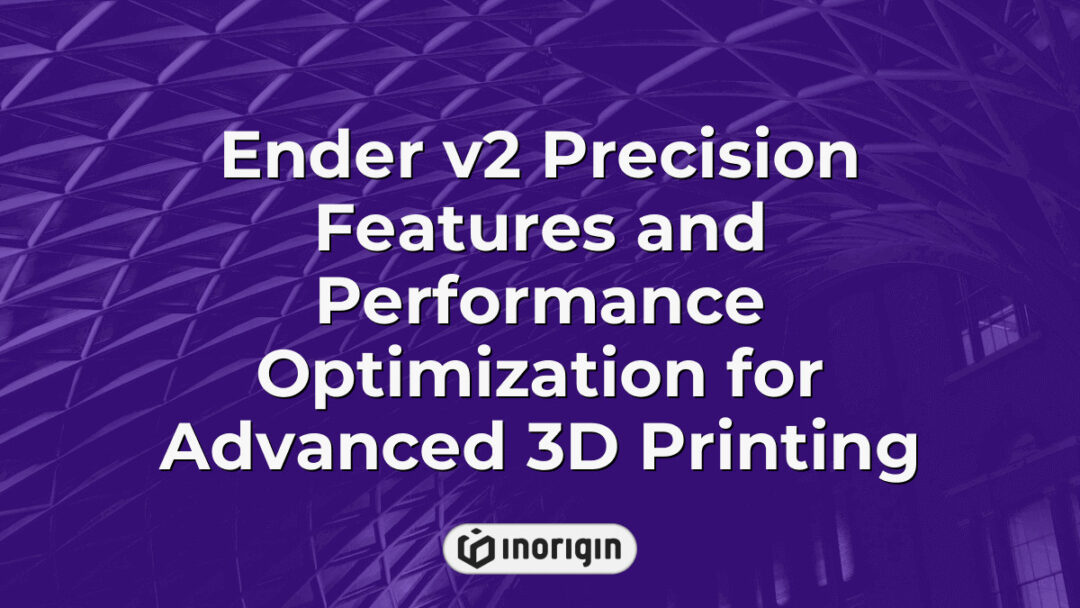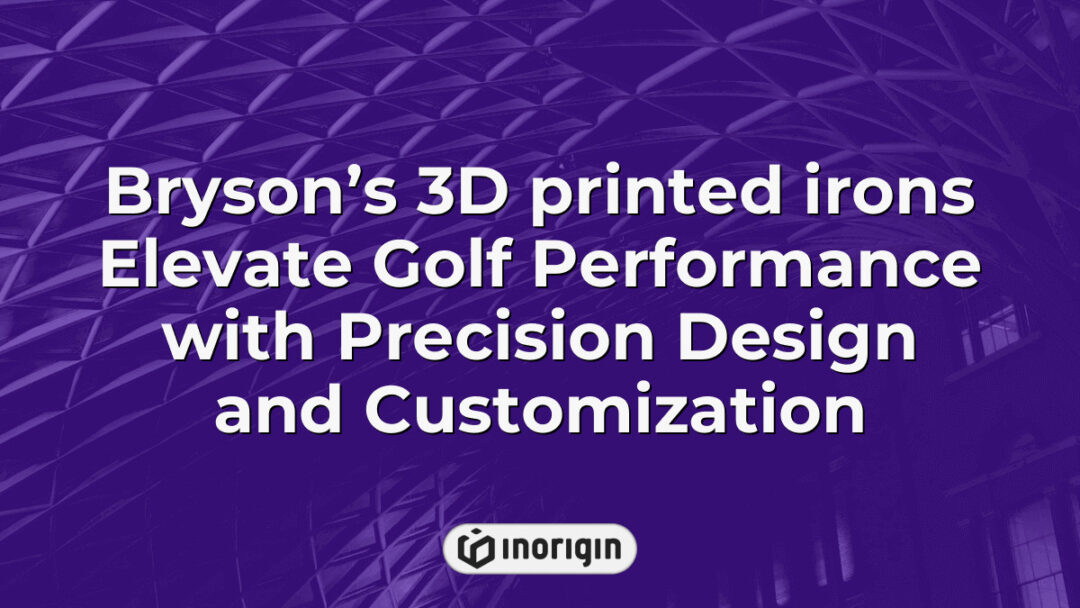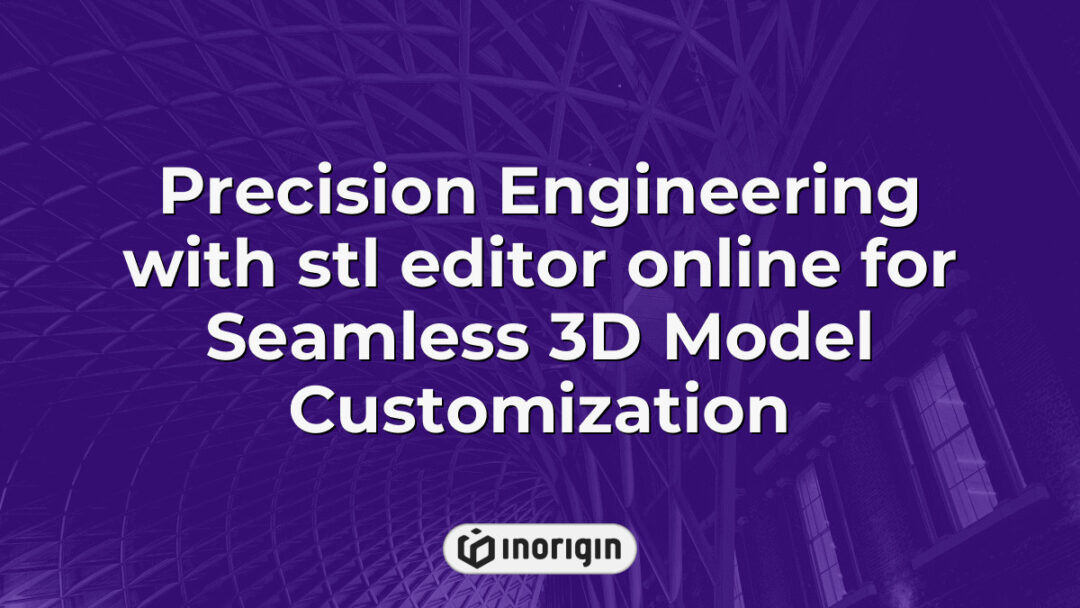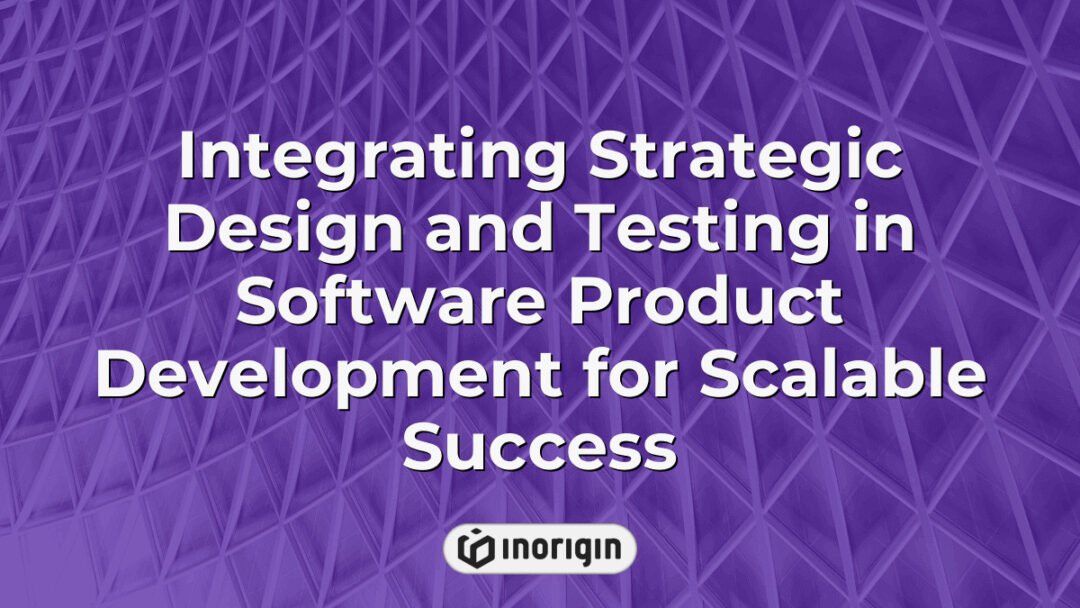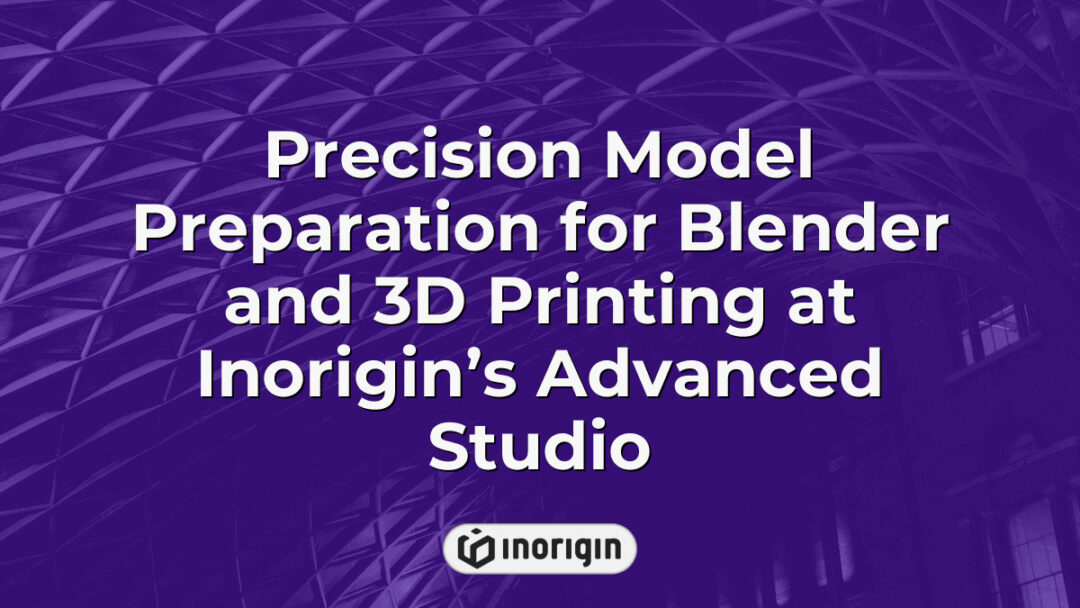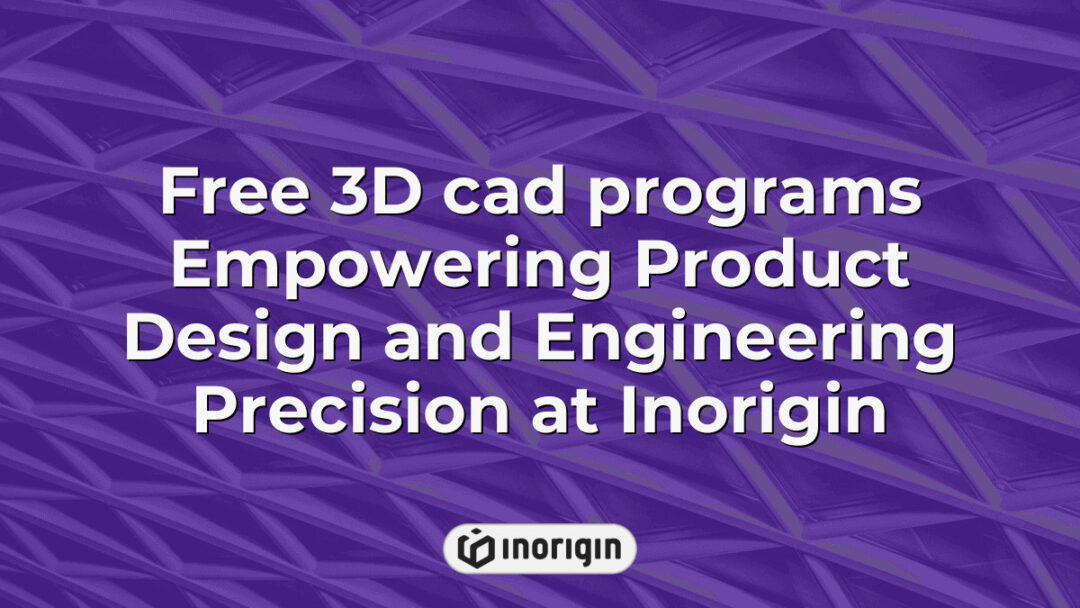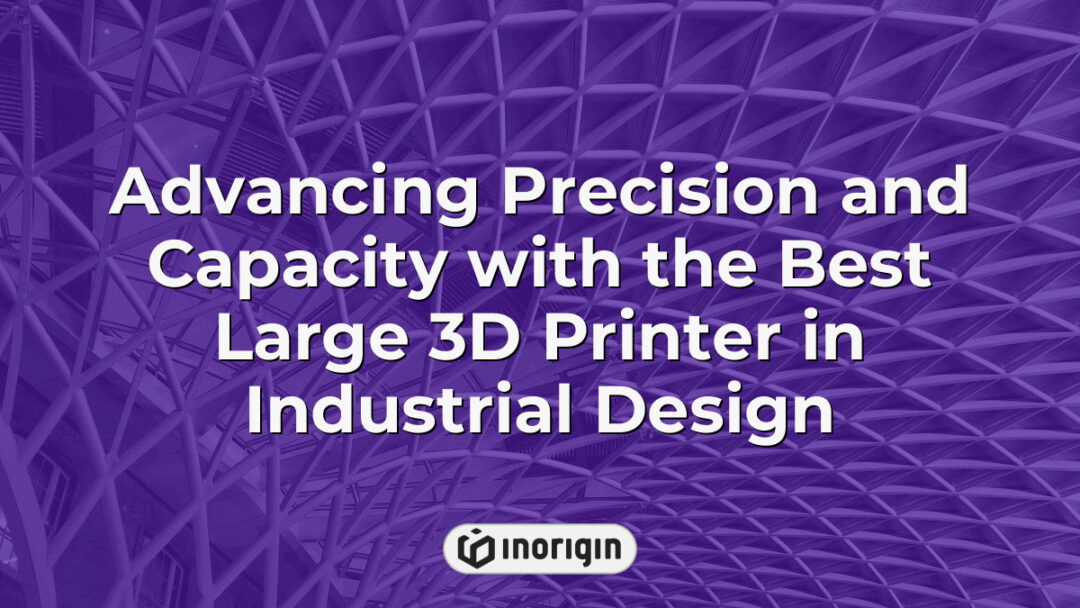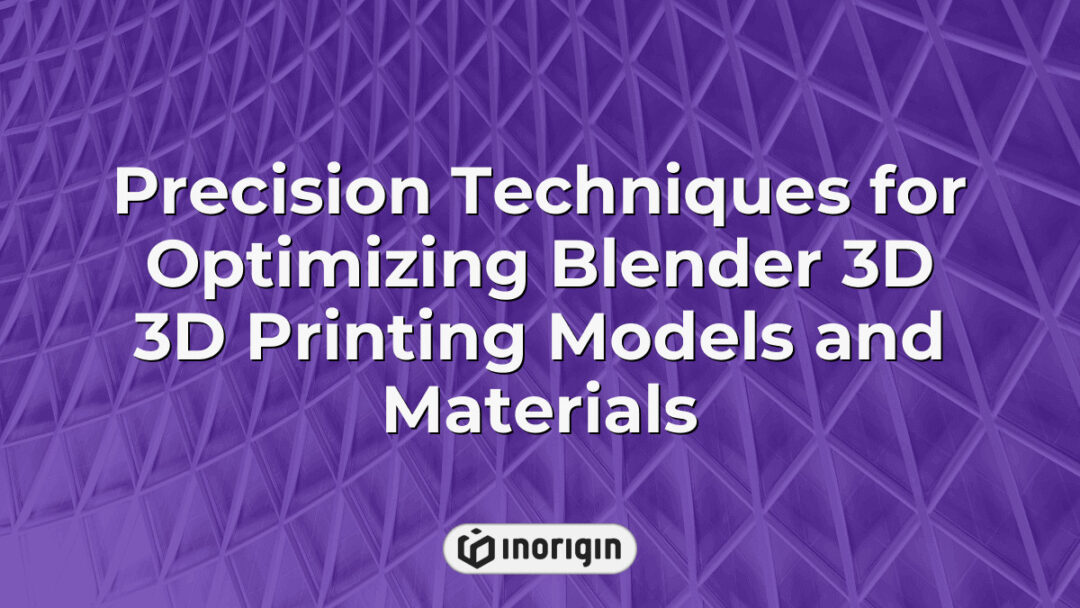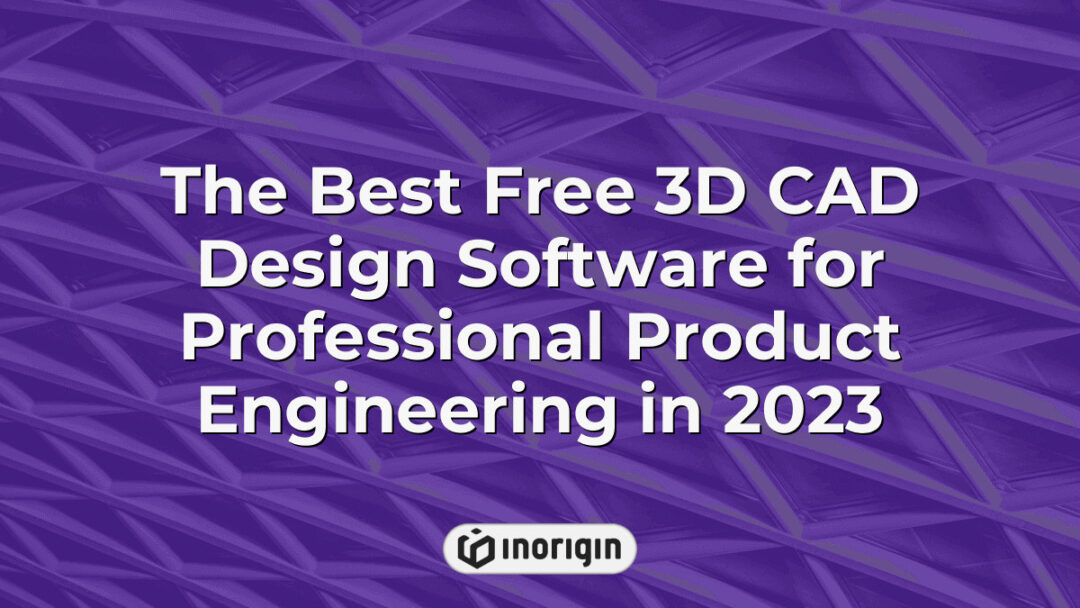Ender v2 Precision Features and Performance Optimization for Advanced 3D Printing
The Ender V2, a noteworthy advancement in the realm of 3D printing, exemplifies the convergence of accessibility and high-performance technology that is shaping contemporary manufacturing practices. With its innovative features, including enhanced printing precision, improved user interface, and a robust community of support, the Ender V2 stands as a testament to the evolution of user-friendly 3D printers that cater to both novice hobbyists and seasoned professionals alike. This article explores the technical specifications and functionalities of the Ender V2, assessing its impact on the democratization of 3D printing and its potential to revolutionize design processes across various industries. Through a critical analysis, the discussion aims to illuminate how the Ender V2 not only meets the demands of modern creators but also sets a new standard for future developments in the field. Aspect Key Takeaway Ender V2 Overview The Ender V2 delivers a blend of accessibility and high-performance 3D printing, making […]
